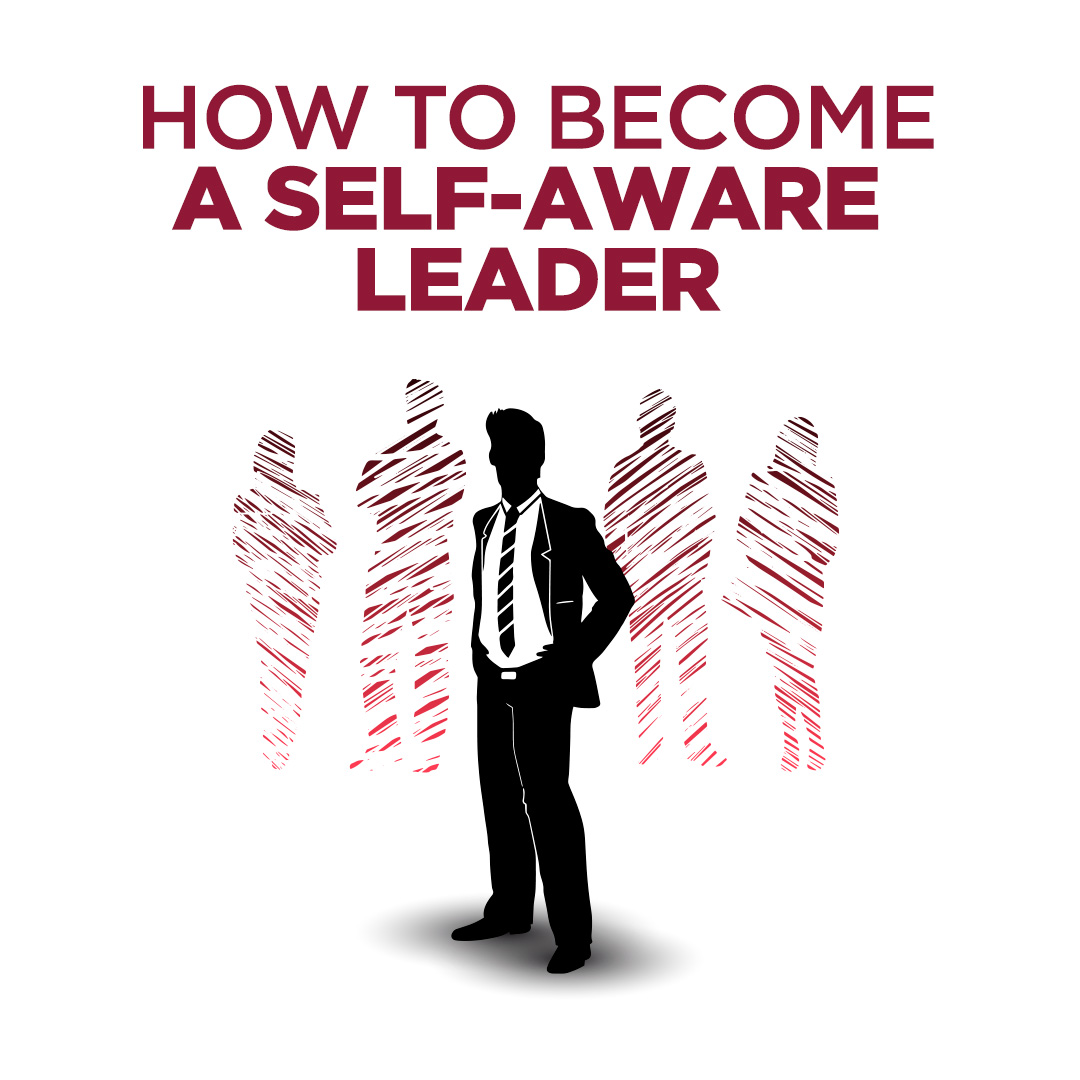
What is one trait that makes a leader a great one? Their ability and willingness to reflect on their behavior and attitude to always improve. Knowing yourself is the beginning of all wisdom, said Aristotle. For a leader, being self-aware is all about knowing their own strength and limitations, truly understanding their motivations and influences, and always being aware of their emotions and reactions. Self-awareness will empower a leader to manage themself better and lead others more effectively.
A leader’s style defines their approach to lead their team and the work culture they promote. Others will follow the leader’s approach and it is essential for the leader to be aware of the impact they have. A leader must reflect and adapt their approach based on their team’s characteristics and needs. Only a leader that has a high level of self-awareness can do so effectively.
Leadership style is shaped by the leader’s attitude, emotion, behavior, and belief. Recognizing their impact on others and working on them is critical to becoming an effective leader.
There are several positive outcomes of being a self-aware leader. It results in a confident, emotionally intelligent leader.
6 Characteristics of self-aware leaders
- Self-aware leaders are thoughtful: They develop a mindset of continuously reflecting on their actions, decision-making process, and communication.
- They are perceptive: They are aware of what is happening around them and pay attention to it. Because of this ability, self-aware leaders can foresee the outcome of different situations.
- They are considerate: They understand the needs of their teams and are empathetic toward them. They are also active listeners and are willing to change their behaviors based on feedback.
- They are modest: They recognize their own shortcomings and focus on continuous self-development.
- They have clarity: Being self-aware promotes better decision-making capabilities. It helps them to focus on what matters most and not get distracted easily.
- They are realistic: They are mindful of the skills and capabilities of the team and set their performance targets based on the team’s competencies.
How would you assess your self-awareness and continue to improve it? Develop leadership through self-awareness
5 steps to becoming a self-aware leader
- Get feedback: It is helpful to analyze how others react to your actions and words but for more in-depth feedback, you can ask them for direct feedback. Be sure you are accepting of others’ input and will take the time to reflect.
- Be observant: Analyze what behaviors, approach, and communication style results in a positive outcome and what does not. Learn from others’ reactions, be empathetic toward them and consider the impact on others when you make decisions.
- Recognize your strength: Once you understand the patterns, be aware of when you are most effective as a leader. Be conscious of your internal strengths and work to improve your emotional intelligence.
- Never stop reflecting: Without reflection, there is no self-awareness. It is a continuous process. People and situations will keep changing. It is important to continuously keep reflecting on your own actions and behavior.
- Record your traits and be open to learning: Document how you respond to different situations. Identify what evokes a positive response in you and what does not. Recognize your reactions to stress, challenges, and conflict. Look for patterns in your behavior. This analysis will support your efforts for strengthening skills that have a positive impact.
All of us are constantly making choices about how we behave in different situations and interacting with different people. These choices affect our relationships with others. Self-reflection is key to becoming self-aware of how we react and behave. It is looking into yourself to know your emotions, temperament, and sense of right and wrong. Recognizing your strengths and opportunities for growth, being aware of their impact on others, and managing them effectively is an essential part of becoming a great leader.


Recent Comments